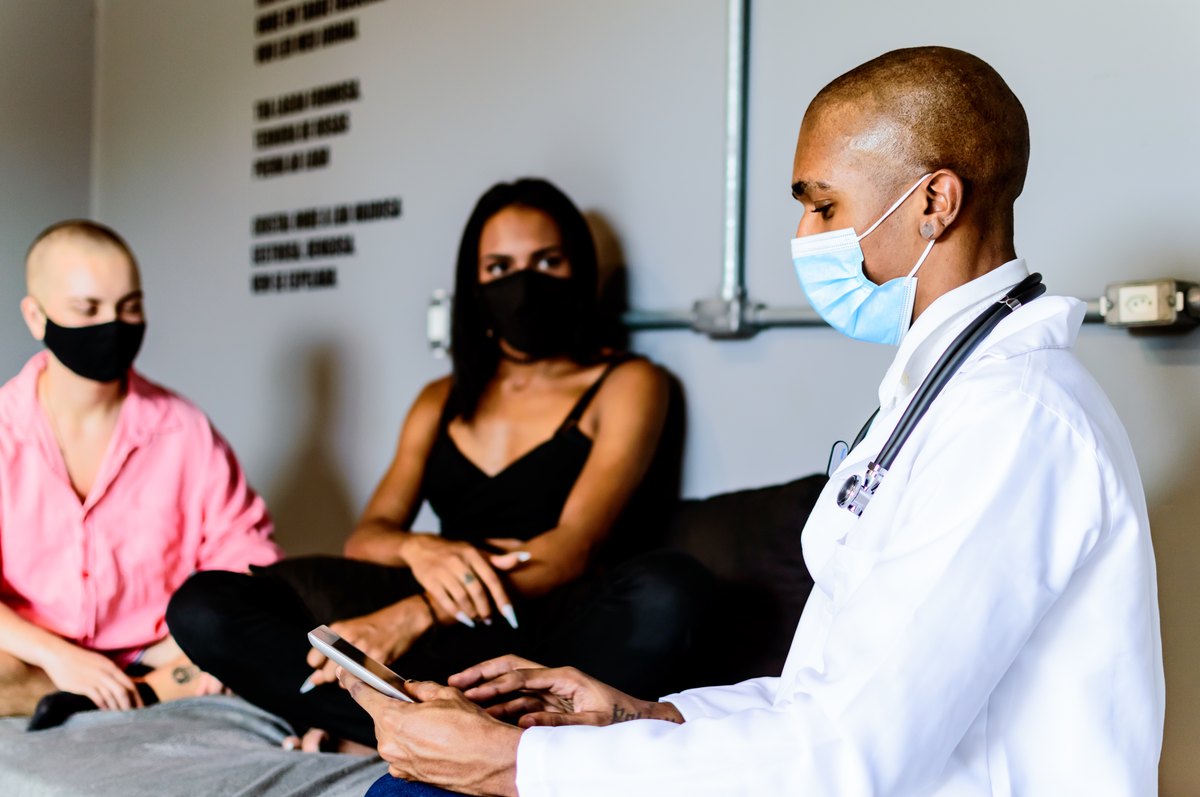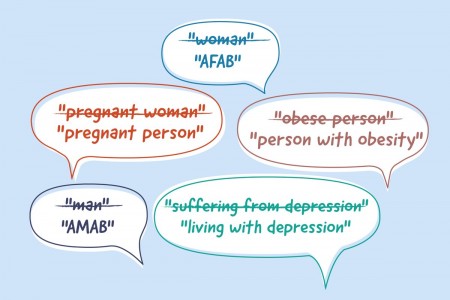
Advertisements
Gender-affirming care refers to any treatment or procedure done to help people dealing with the effects of gender dysphoria, or the desire to be of another gender. And while this kind of care is exceptionally important for the health and safety of transgender and gender-nonconforming people, it can be difficult to access.
Video of the Day
Gender-affirming care can include hormone therapy and transition surgery, but it also incorporates primary care, according to the U.S. Department of Health and Human Service's Office of Population Affairs.
And it's important to work with a gender-affirming provider to receive this care, as they understand (and can address) how transitioning affects all aspects of a person's health.
But while acceptance has come a long way, there are still many barriers that prevent transgender and gender-nonconforming folks from receiving the care they need. Here are some of the most common obstacles to gender-affirming care, plus how to deal with them.
1. Geography
The first step to accessing gender-affirming care is finding the right provider. But sometimes, that's not possible.
Some folks simply don't have trans-inclusive health care in their area, says Jerrica Kirkley, MD, founder of Plume. "Especially if one lives in a rural area, it may be hard to find skilled providers around you," she adds.
Advertisements
2. Harassment
On that note, transgender people living in more rural areas may only have access to traditional clinics, where they run the risk of discrimination or harassment, Dr. Kirkley says.
For example, a doctor may refuse to use the person's correct pronouns, which can result in emotional damage and complicate the effectiveness of provided care.
And even those who do have gender-affirming clinics nearby may be discouraged from visiting them due to physical or emotional harassment they encounter in these clinics or during their commute to them.
Planned Parenthood, for instance, is known for providing gender-affirming care. However, many clinics have protestors outside who harass those who come to receive treatment, Dr. Kirkley says.
3. Insurance
Insurance can be confusing in even the most straightforward medical situations. And transition-related coverage can be all the more complicated.
For starters, "patients often are unaware that their insurance covers gender-affirming surgery," says Wendy Ng, MD, a California-based plastic surgeon who performs gender-affirming top surgery.
And that's just the beginning: Treatment requirements can change depending on the specifics of a person's coverage, provider or state where care is given.
For example, certain insurance plans don't require an individual to be on hormone therapy before receiving gender-affirming surgical procedures, while others do, Dr. Ng says. Likewise, surgical providers may have weight restrictions that disqualify some individuals from surgery.






